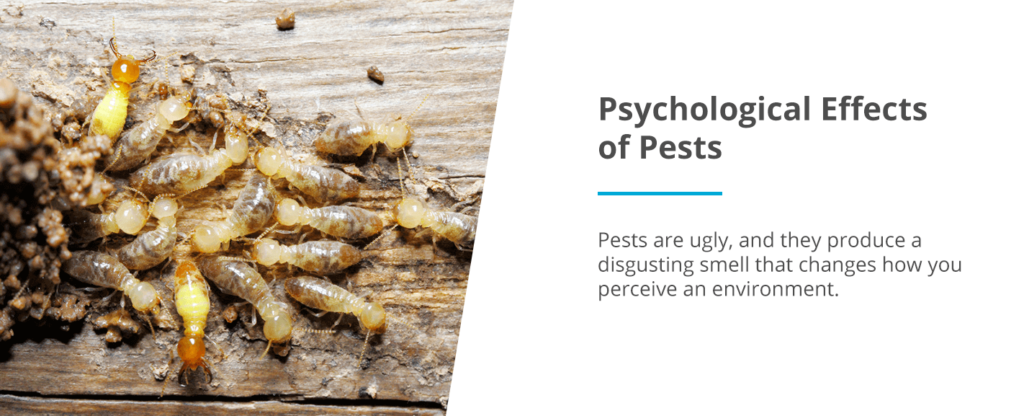The Ultimate Guide To Eco Bed Bug Exterminators Dc
The Ultimate Guide To Eco Bed Bug Exterminators Dc
Blog Article
Eco Bed Bug Exterminators Dc Can Be Fun For Everyone
Table of ContentsGetting The Eco Bed Bug Exterminators Dc To WorkLittle Known Questions About Eco Bed Bug Exterminators Dc.Little Known Questions About Eco Bed Bug Exterminators Dc.Indicators on Eco Bed Bug Exterminators Dc You Need To KnowOur Eco Bed Bug Exterminators Dc Ideas
Since chemicals are hazardous, they are also potentially hazardous to humans, pets, other microorganisms, and the atmosphere. Individuals that use chemicals or on a regular basis come in call with them have to comprehend the relative poisoning, prospective health and wellness results, and preventative measures to lower exposure to the items they make use of. Hazard, or threat, of using chemicals is the capacity for injury, or the level of risk involved in using a chemical under a given set of conditions.
However, applicators can reduce or nearly eliminate direct exposure-- and thus decrease hazard-- by adhering to the label directions, using personal protective apparel and tools (PPE), and dealing with the chemical effectively. Even more than 95 percent of all pesticide exposures come from facial direct exposure, primarily to the hands and lower arms. By wearing a pair of unlined, chemical-resistant handwear covers, this sort of exposure can be nearly gotten rid of.
The damaging impacts that take place from a single exposure by any type of path of entry are labelled "severe effects." The 4 paths of exposure are facial (skin), inhalation (lungs), oral (mouth), and the eyes. Intense poisoning is established by taking a look at the dermal poisoning, breathing poisoning, and dental toxicity of guinea pig.
The 7-Second Trick For Eco Bed Bug Exterminators Dc
Severe toxicity is determined as the quantity or concentration of a toxicant-- the a.i.-- needed to eliminate half of the pets in a test population. This procedure is generally shared as the LD50 (lethal dosage 50) or the LC50 (lethal concentration 50). In addition, the LD50 and LC50 values are based upon a single dosage and are recorded in milligrams of pesticide per kg of body weight (mg/kg) of the guinea pig or in components per million (ppm).
The reduced the LD50 or LC50 worth of a pesticide product, the greater its toxicity to people and pets. Pesticides with a high LD50 are the least hazardous to people if utilized according to the directions on the item label. The chronic toxicity of a chemical is established by subjecting test animals to long-lasting direct exposure to the active component.
The chronic toxicity of a chemical is harder than severe poisoning to establish via research laboratory evaluation. Products are categorized on the basis of their relative intense toxicity (their LD50 or LC50 worths). Chemicals that are classified as extremely hazardous (Poisoning Category I) on the basis of either dental, facial, or inhalation poisoning have to have the signal words risk and poisonous substance published in red with a skull and crossbones symbol prominently displayed on the front panel of the plan label.
The acute (solitary dosage) dental LD50 for chemical items in this team varies from a trace amount to 50 mg/kg. Exposure of a couple of declines of a material taken orally could be deadly to a 150-pound individual. https://truthful-corn-hzbm84.mystrikingly.com/blog/eco-bed-bug-exterminators-dc-your-expert-bed-bug-exterminator. Some pesticide items have simply the signal word risk, which informs you nothing regarding the severe toxicity, just that the item can trigger extreme eye damage or severe skin irritability
The Eco Bed Bug Exterminators Dc Diaries
In this classification, the acute oral LD50 varieties from 50 to 500 mg/kg. A teaspoon to an ounce of this product could be deadly to a 150-pound person (bed bug exterminator). Chemical products identified as either slightly harmful or reasonably harmless (Toxicity Categories III and IV) are called for to have the signal word care on the chemical label

All pesticide poisoning values, consisting of the LD50, can be discovered on the item's Material Safety Data Sheet (MSDS) - bed bug treatment. Pesticide tags and MSDS can be obtained from retailers or manufactures. Furthermore, most products likewise have information that can be located on the web. The signs and symptoms of chemical poisoning can range from a moderate skin irritation to coma or perhaps death.
Because of potential health problems, chemical customers and handlers should identify the common signs and symptoms of pesticide poisoning. The impacts, or symptoms, of chemical poisoning can be broadly defined as either topical or systemic.
The Definitive Guide to Eco Bed Bug Exterminators Dc
Dermatitis, or swelling of the skin, is approved as the most commonly reported bed bug heater rentals topical result linked with chemical direct exposure. Some individuals tend to cough, hiss, or sneeze when subjected to chemical sprays.
This sign generally subsides within a few mins after an individual is removed from the exposure to the toxic irritant. Nonetheless, a reaction to a chemical item that creates someone not only to sneeze and cough yet likewise to create serious acute respiratory signs is most likely to be a true hypersensitivity or allergic response.
Systemic impacts are rather different from topical results. They commonly happen away from the initial factor of contact as a result of the pesticide being taken in into and dispersed throughout the body.
Report this page